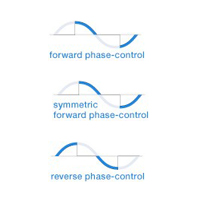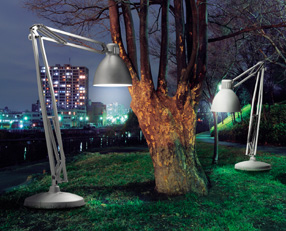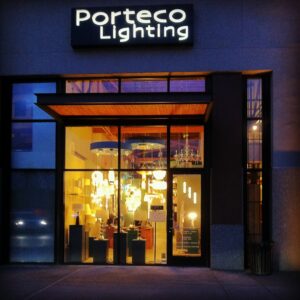 Can I dim LED? Was the most frequently asked question in 2014. For the most part the answer is yes, but first you must do your research. Every manufacturer’s LED array (light emitting diodes mounted in an array on a circuit board) or LED light bulb may have different dimming requirements.
Can I dim LED? Was the most frequently asked question in 2014. For the most part the answer is yes, but first you must do your research. Every manufacturer’s LED array (light emitting diodes mounted in an array on a circuit board) or LED light bulb may have different dimming requirements.
Most (but not all) screw-in LED light bulbs are compatible with standard incandescent dimmers. Compatible means that the bulbs can be dimmed, although the bulb’s dimming performance may not match what you’re used to seeing when dimming an incandescent or halogen bulbs. Depending on the quality of the bulb you select, compatible bulbs may still:
– have less dimming range than an incandescent or halogen bulb
– dim less smoothly than an incandescent or halogen bulb
– flicker or shimmer at certain light levels
– buzz
Let’s review some dimming basics:
Line-voltage (120V) incandescent and halogen lamps use forward phase-control dimming. Resistive – rated for cold filament inrush, the positive and negative periods may not be equal. The lamp is energized only during the last portion of each power-line half cycle. Forward phase dimming uses robust electronics, is suitable for most loads, including incandescent, tungsten halogen, as well as some types of LED power supplies.
Magnetic low voltage lighting transformers (MLV) use symmetric forward phase-control dimming. Inductive – symmetric cycles, the positive and negative periods are equal. MLV dimmers are required for all low-voltage lighting using magnetic low-voltage transformers regardless if the lamp is halogen or LED.
Electronic low voltage lighting transformers (ELV) use reverse phase-control dimming. Capacitive – the lamp is energized during the initial portion of each power-line half cycle. Reverse phase dimming uses more complex electronics (solid state). ELV dimmers are required for all low-voltage lighting using electronic low-voltage transformers regardless if the lamp is halogen or LED.
LED (Light Emitting Diode) & Electronic LED Drivers. All LEDs (arrays and lamps) require drivers to operate. LED drivers work similar to low-voltage transformers. The LED light source must be matched to the LED driver and every manufacturer will differ. Some LED fixtures have the LED driver built-in as an integral part of the fixture, others supply a remote mounted driver, and LED lamps have the driver built into the base of the lamp.
Dimmers are designed to send power and control signals to the LED driver. This is where you must do your research, especially if you are using more than one type of LED on a circuit. Check the recommendations of the manufacturer; check both the LED/Driver and the Dimmer specifications. Some LED drivers use incandescent (forward phase), some use MLV (symmetric forward phase), some use ELV (reverse phase) and some use 0-10V dimmers.
Ok…we threw you a loop on that last one, 0-10V dimming, we have not discussed that yet. 0-10V is an analog lighting control protocol; applies a voltage between 0V and 10V to produce varying intensity levels. There are two types of 0-10V controls: a current source (theatrical dimming) and the more common, current sink (fluorescent ballasts).
Many LED drivers use the current sink 0-10V dimmers. One tip here: 0-10V is a 5-wire system (black, white, 2 control wires & ground) this is important to know in advance so your contractor can pull the correct amount of wire from the fixture to the dimmer. 0-10V dimmers will give you more control and a better dimming range.
Complete List
 Outdoor Living IV Posted on July 13th, 2020
Outdoor Living IV Posted on July 13th, 2020
 Outdoor Living III Posted on May 29th, 2020
Outdoor Living III Posted on May 29th, 2020
 Some Light Gardening! Posted on April 29th, 2020
Some Light Gardening! Posted on April 29th, 2020
 Back By Popular Demand Posted on March 25th, 2020
Back By Popular Demand Posted on March 25th, 2020
 New website and a New Look Posted on September 20th, 2019
New website and a New Look Posted on September 20th, 2019
Categories
 New (number of posts: 3)
New (number of posts: 3) Tips (number of posts: 41)
Tips (number of posts: 41) Uncategorized (number of posts: 10)
Uncategorized (number of posts: 10)